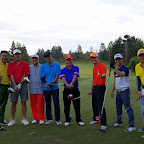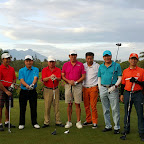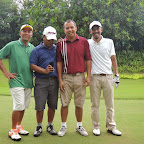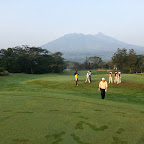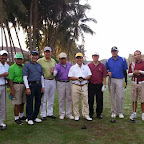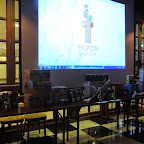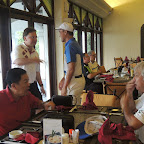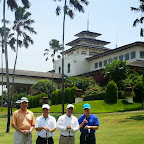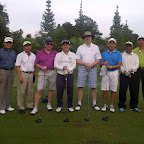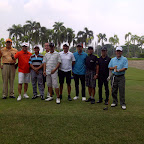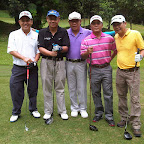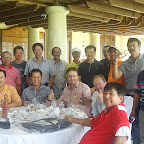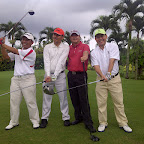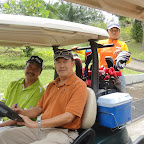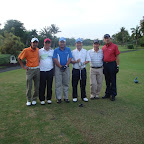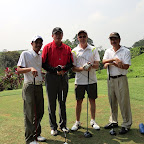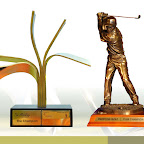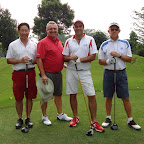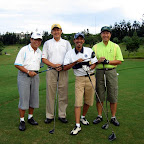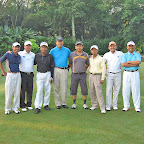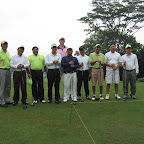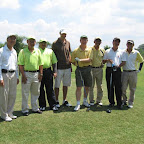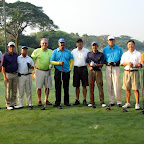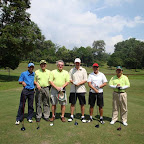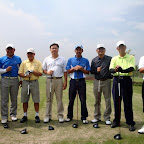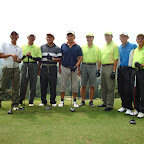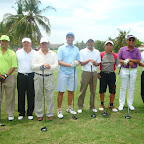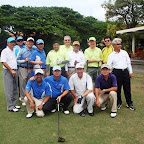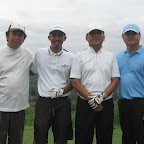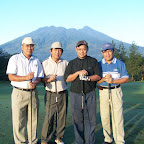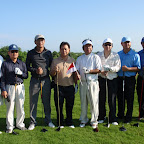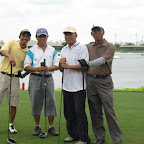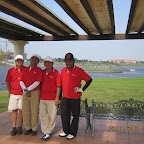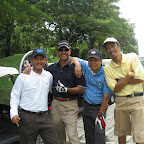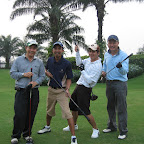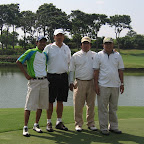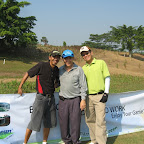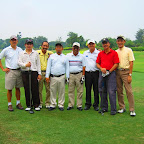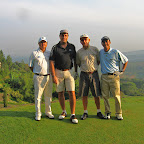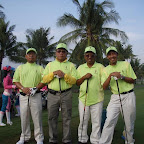Alter Your Focus
 One of the first lessons most golfers learn is to “keep your eye on the ball.” I’m here to offer a better suggestion: Move your eyes behind the ball.
One of the first lessons most golfers learn is to “keep your eye on the ball.” I’m here to offer a better suggestion: Move your eyes behind the ball.
Heresy, you say? I don’t think so. That’s because when a golfer makes his or her backswing with a full turn of the shoulders and a proper shift of weight, the center of his or her chest, or sternum, will be well behind the ball. (Exactly how far behind the ball depends on an individual’s suppleness and flexibility.)
If a golfer moves to his or her right side during the backswing, yet keeps the eyes locked on the golf ball, there’s a good chance he or she will change his or her spine angle or fall into a reverse pivot, either of which is a huge power leak. That’s because the eyes automatically tell the golfer whether he or she has formed a bad relationship with the ball and he or she will have to “reach” or “stretch” to get back to it.

 Every golfer will experience periods of inconsistent ballstriking, low confidence and a general sensation of swinging out of sync. For these times, I offer a quick fix: Quiet your lower body, and concentrate on swinging the golf club with only your hands and arms.
Every golfer will experience periods of inconsistent ballstriking, low confidence and a general sensation of swinging out of sync. For these times, I offer a quick fix: Quiet your lower body, and concentrate on swinging the golf club with only your hands and arms.  Most of my students struggle with the slice. Many of these golfers have serious swing issues, but the majority certainly possess enough talent and an understanding of the golf swing to keep slices at bay. The problem is they’re trapped into hitting slices because their setup facilitates swinging on the out-in path to which all slices owe their existence.
Most of my students struggle with the slice. Many of these golfers have serious swing issues, but the majority certainly possess enough talent and an understanding of the golf swing to keep slices at bay. The problem is they’re trapped into hitting slices because their setup facilitates swinging on the out-in path to which all slices owe their existence. Undoubtedly, the most embarrassing tee shot in golf is the drive that pops straight up, barely clearing the tee box. The pop-up is an agonizing mis-hit most often caused by an excessive forward weight shift on the downswing and a club that approaches the ball on a very steep angle of attack. The steep descent de-lofts the clubface to such a degree that the topline of the club effectively becomes the leading edge. The result? Not only a humiliating pop-up, but one of the most hated marks in golf: a scuff on the crown of the clubhead. Yuck.
Undoubtedly, the most embarrassing tee shot in golf is the drive that pops straight up, barely clearing the tee box. The pop-up is an agonizing mis-hit most often caused by an excessive forward weight shift on the downswing and a club that approaches the ball on a very steep angle of attack. The steep descent de-lofts the clubface to such a degree that the topline of the club effectively becomes the leading edge. The result? Not only a humiliating pop-up, but one of the most hated marks in golf: a scuff on the crown of the clubhead. Yuck. The first is overswinging. Most amateurs overswing because they have a poor understanding of how power is created. More than 70 percent of your power comes from the ability to maintain the fully loaded wrist set established at the top deep into the downswing. Maintaining this position as long as you can then releasing the clubhead through impact accelerates the speed at which your clubhead moves through the hitting zone to four times faster than the speed of your hands.
The first is overswinging. Most amateurs overswing because they have a poor understanding of how power is created. More than 70 percent of your power comes from the ability to maintain the fully loaded wrist set established at the top deep into the downswing. Maintaining this position as long as you can then releasing the clubhead through impact accelerates the speed at which your clubhead moves through the hitting zone to four times faster than the speed of your hands.



